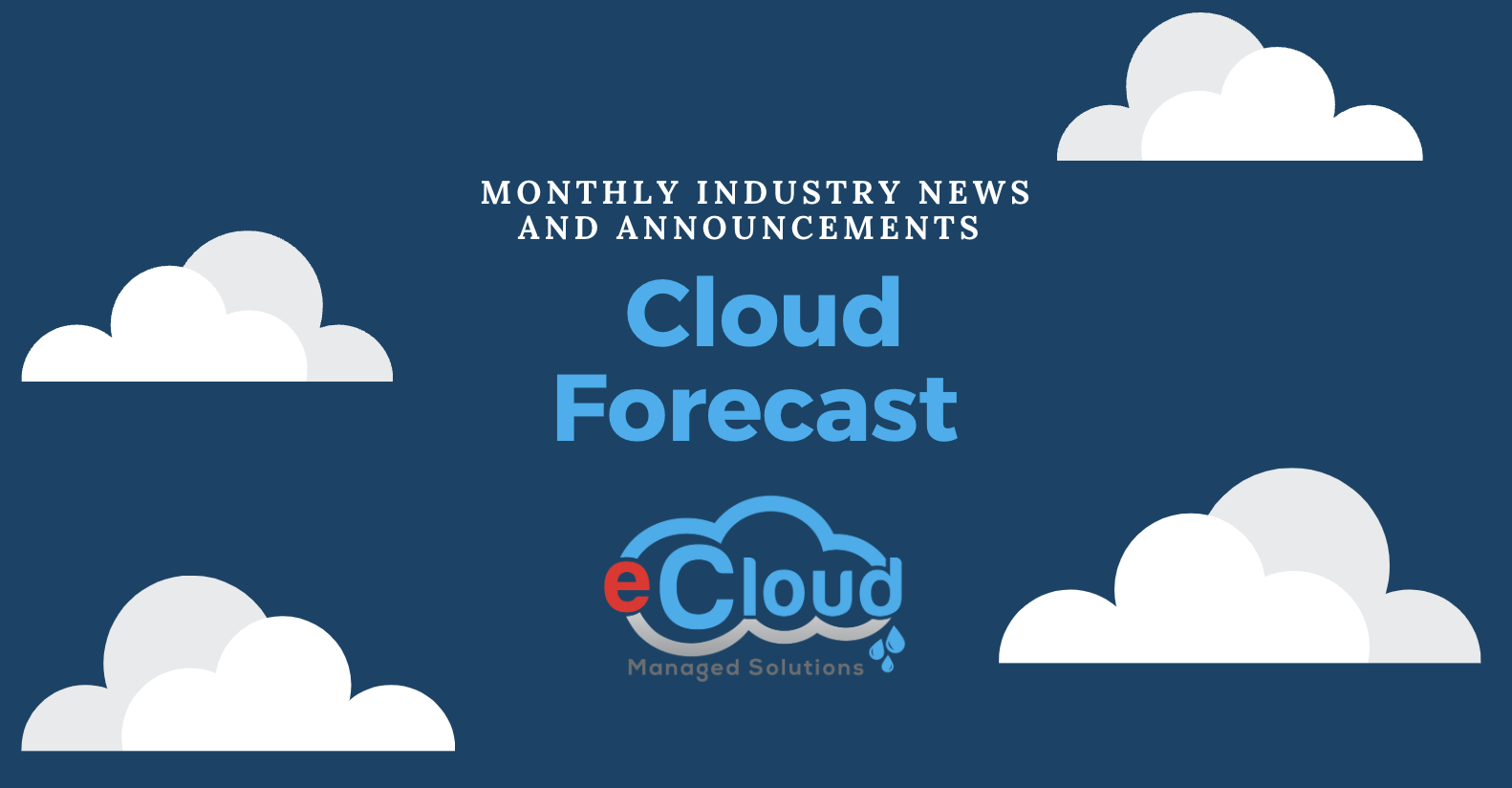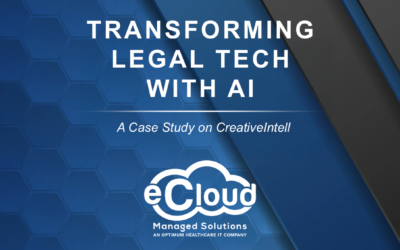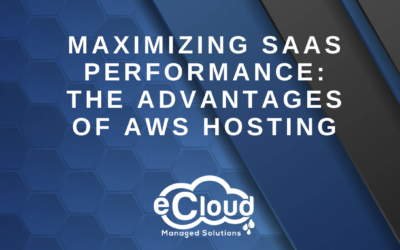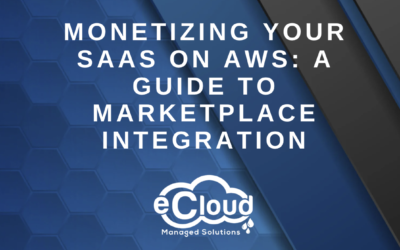Taking a SASE Attitude to Prevent Cyber Threats
The forecast is bright for Cato Networks’ SASE architecture, a cloud service that marries SD-WAN and security.
Since the shift to remote work began, a number of companies have fled to digital environments. Our portfolio of cloud services has helped endless users collaborate and navigate the uneasy terrain they’ve had to blindly traverse for months on end. And while we’ve all struggled even in the post-pandemic era, let’s face it: you need more than a basic security measure to counter your attack surface that’s growing exponentially. A quintessential cloud model in 2021 requires real-time web monitoring and deep visibility at wire speed, which is where we’re going to start this newsletter off by discussing network security and the first of its kind.
While some employees are trickling back to the office, many are choosing to stay remote, and rightfully so. Global Workplace Analytics estimates that 25-30% of the workforce will still be working remotely by the end of 2021. Post-pandemic life has precipitated a stronger need for a remote access solution with simple configuration, high performance, and a fully secure network access experience to give home-based workers a similar experience as they would have in the office. In preparing for mild, warm, and above-average temperatures expected later in the week after we introduce Cato Network’s Secure Access Service Edge (SASE). What is SASE? Only the most transformative, fast adopting security network framework that consolidates network and security in one. The platform is built to service and secure all network “edges,” which includes users, applications, and cloud branches. Adopting a network architecture that is ready for whatever’s next is something IT can control. Cato converges SD-WAN, a global private backbone, a full network security stack, and seamless support for cloud resources and massive business change. Say goodbye to your legacy infrastructure and propel your company forward with advanced network and security for holistic security, hyper scalability and adaptable service for the entire digital business.
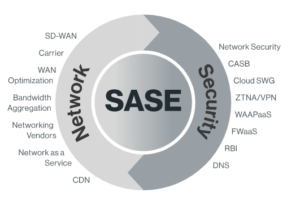
So what makes SASE better than Virtual Private Networks (VPN)?
Simply put, VPNs weren’t designed to support an entire workforce. The biggest question is performance: with a VPN, all communication between the user and the VPN is encrypted. The encryption process is time-consuming and can contribute to latency to Internet connections. Moreover, it’s the latency added when a remote user needs access to IaaS and SaaS applications and services that may require more serious infrastructure to support one’s datacenter. The path is convoluted since it travels between the end-user and the NAS before then going out to the cloud, and vice versa on the way back. Additionally, there’s no scrutiny of the security posture of the connecting device, which could lead to potential surface breaches. SASE exceeds VPN solutions by running across 50+ PoPs that run cloud-native software to scale from every direction.
Sources: https://www.
Cybersecurity and DDoS attacks can Flood your network

Many companies have a false sense of what cybersecurity actually is which puts them at greater risk. They think they have a good security foundation but oftentimes are mistaken. Check out this video from our partners at High Wire Networks for a breakdown of how your data and integrity are kept protected and why it’s so important, from Personally Identifiable Information (PII) to government information and beyond. Cybersecurity Simplified – Episode 1: What Exactly is Cybersecurity, Anyway?
Migration
Clearing Skies and Promising Migration Conditions
Atmospheric pressure pushing companies to tap into the unknown, and the green behind the cloud as we celebrate all things green during the month of March.
Time for spring cleaning…out with the old and in with the new! Cloud is mainstream in 2021, and according to Gartner it’s the preferred architecture. It’s been reported that only about 15% of the enterprise has leveraged the cloud adoption process for a unique edge platform. Among several fears, vendor lock-in and a general lack of knowledge are the most striking challenges companies deal with when considering modernizing their legacy applications. It’s safe to assume investors underestimate the power of the cloud to take market share, despite its many benefits like cost control and proven business agility.
Isolated chances of precipitation as concerns arise surrounding vendor lock-in, an issue that hinders future success for businesses looking to accelerate their cloud growth in 2021. In cloud computing, vendor lock-in occurs when a company is reliant on a single cloud provider and cannot move to a future vendor without facing the backlash of technical deficiencies and substantial costs. Many of our customers are under the impression they need to have a technical support staff with the expertise of an engineer to properly run serverless databases in a managed setting, which isn’t the case. In moving from hosting your own data centers or servers, the cloud is advantageous because you’re able to leverage the expertise of cloud providers for all your needs. You can lean on an MSP for greater bandwidth, build-out of your data centers and internet connections.

The cloud infrastructure food chain is gradually developing, and applications companies, particularly for AI, are actively discussing beyond hyperscalers. And while companies like AWS have been leading the pack for years, according to Cloud Sigma the gap is closing. Roughly 80-90% of customers adopting cloud only use the top ten services offered by hyperscalers, pushing many vendors to offer these services as well. The dissonance is harsh when you’re not fine-tuning your business needs in a highly secure virtual environment, especially when your team is working remotely. When done correctly, cloud computing is the sunshine prevailing from incessant thunderstorms. Businesses in the cloud can create self-healing systems to promote business continuity and can keep up with increasing demand. Application delivery is streamlined, enabling users to rapidly recover in the event of a failure. Finding and implementing the right strategy is among one of the most difficult steps, but not when you have an MSP at your fingertips. Our goal is to help you win at cost savings through a non-invasive, thorough procedure to eliminate all fears so you can minimize cloud costs and maximize your spending.
For cost-cutting initiatives and IT relief, consult eCloud and join the highly digitized wave of technology.
GET STARTED
The Green Behind the Cloud
Author: Eric Sanders, Managing Partner
________________________________________________________________________

